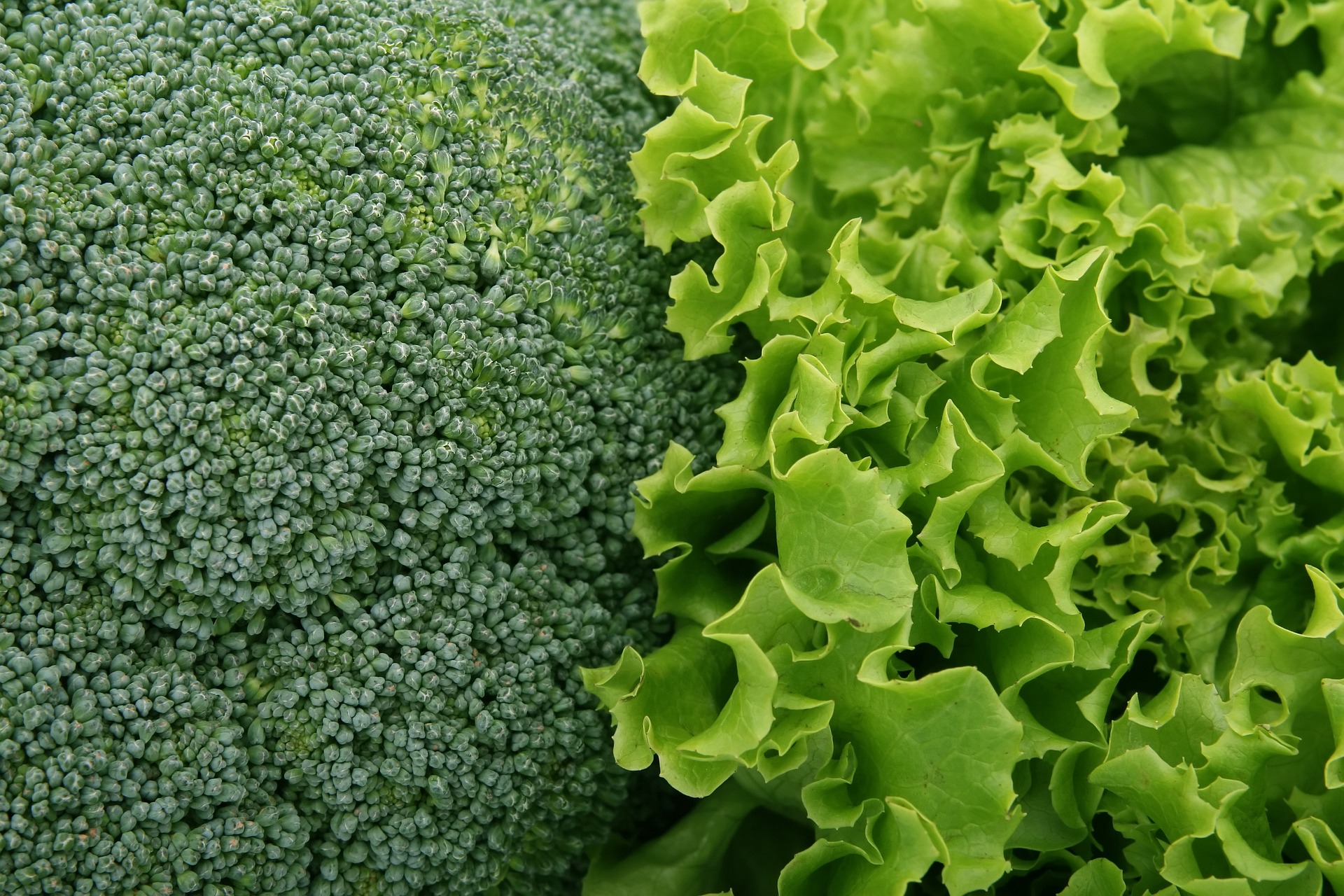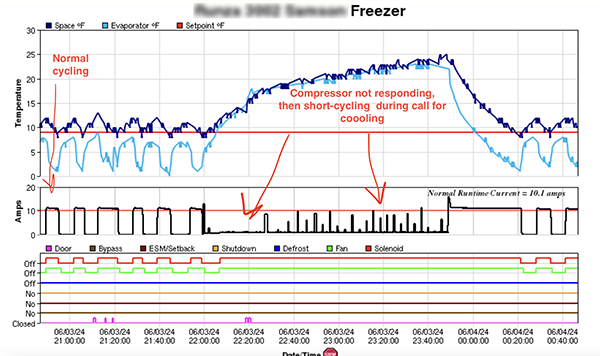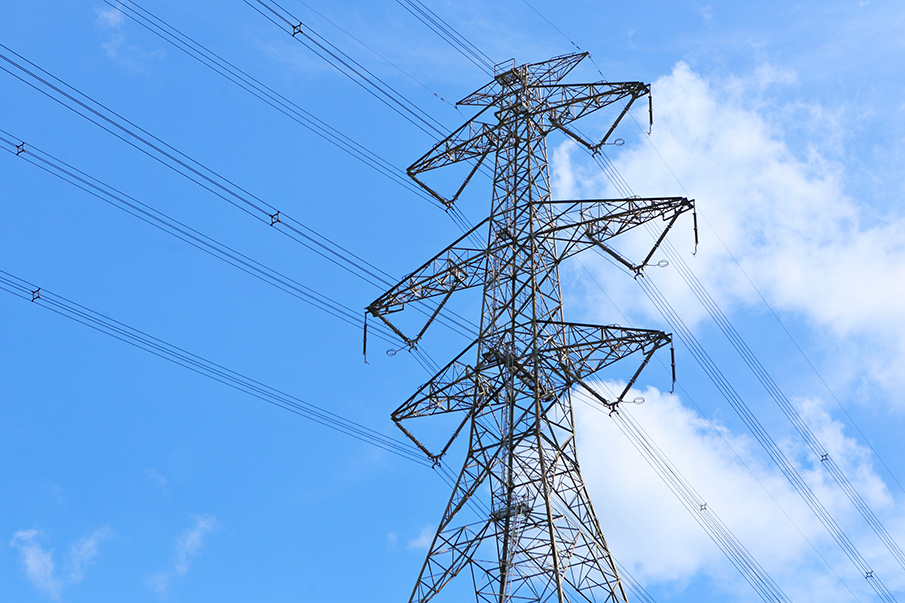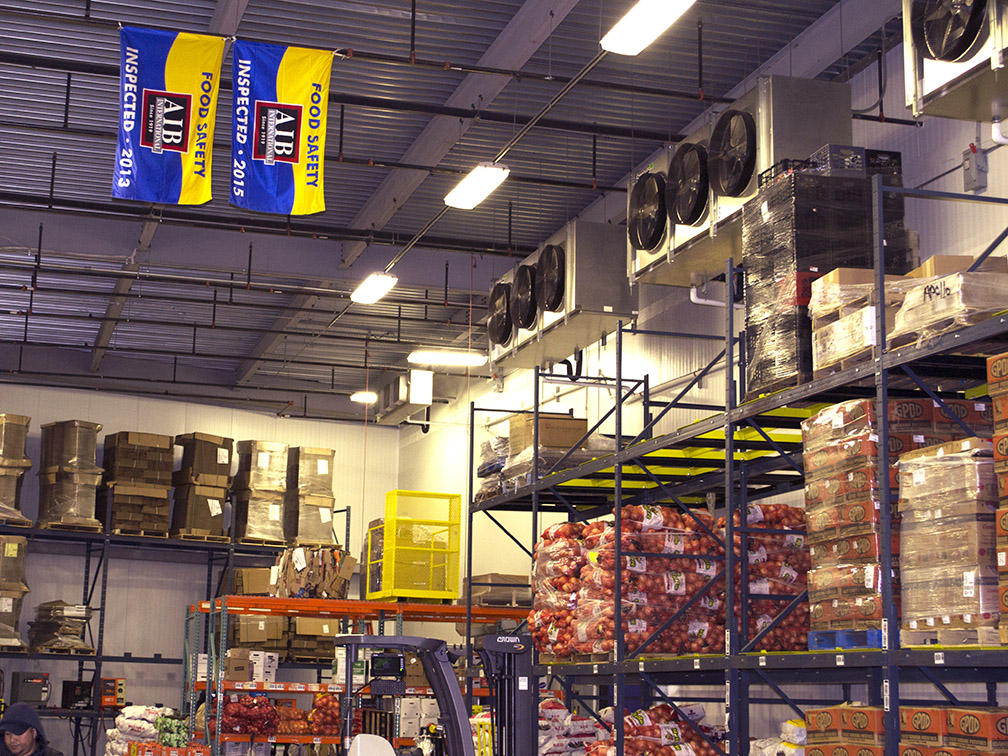The worst E. Coli outbreak in over a decade has affected a widespread swathe of the country—reaching as far as Alaska—but seems to have originated from just one location: Yuma County in southwest Arizona.
According to public health officials with the FDA, the outbreak has sickened 197 people in 35 states, with five tragically having died. Officials also said that the contaminated supply of romaine lettuce has worked its way through the supply chain and is no longer available for consumption. So any immediate risk has passed.
And while everyone can breathe a sigh of relief that they are not currently at risk, the fact remains that an outbreak did still occur. This is a fact not lost on both public health officials and produce professionals in the leafy greens industry. On both sides of the issue, there is a shared goal of using this tragic incident as a learning experience so as to be able to prevent another outbreak in the future.
Scott Gottlieb, Commissioner of the FDA, sees an opportunity to reassess current safeguards and procedures the industry has in place. “Anytime outbreaks caused by this pathogen occur, we need to find the root cause of the contamination and determine what went wrong. We need to relay these findings to industry so that measures can be put in place to prevent it from happening again,” he said.
One of their findings is a need for more transparency in labeling.
“When I walk into a grocery store and I see a bag of lettuce and it says ‘Produce of USA,’ do I know it’s from Yuma? No,’ said FDA’s Stic Harris.
Harris is the director of the Coordinated Outbreak Response and Evaluation Network at the administration. While he admitted that consumers rarely scrutinize the label before they buy, improvements to the labels will improve the traceback process through the supply chain in the event of another outbreak. The quicker they can trace the outbreak back to the source, the quicker they can remove the leafy greens from production and supply.
Using a detailed code system, according to Harris, would “virtually guarantee” a better response. These codes would be visible on harvest containers and boxes used by packers, brokers, and distribution centers. Such labeling would allow for clear tracking at every single stage of the supply chain, starting at the exact farm at which the greens were grown.
There also seems to be an opportunity to find ways to improve the investigation and data collection portions of the traceback process.
“These steps can include suppliers, distributors and processors where the lettuce was chopped and bagged, and then back to the farm or farms that could have grown the lettuce that ended up in those bags. It’s a labor-intensive task. It requires collecting and evaluating thousands of records; and trying to accurately reproduce how the contaminated lettuce moved through the food supply chain to grocery stores, restaurants and other locations where it was sold or served to the consumers who became ill,” said Scott Gottlieb.
The produce industry is in agreement.
According to Bob Whitaker, Chief Science and Technology Officer with the Produce Marketing Assocation, and a board member of the Center for Produce Safety, a task force comprising the California and Arizona Leafy Greens Marketing Agreements (these are voluntary opt-in organizations dedicated to food safety and leafy greens supply chains in the two largest greens-producing states), United Fresh, Western Growers, and the PMA will evaluate FDA, CDC, and industry data to investigate how to make the processes more data-driven and science-based. They are less inclined to believe that a labeling improvement will radically change how to respond to an outbreak, but a solution based on scientific evaluation might.
And some across the industry believe that federal mandates such as those included in the Food Safety Modernization Act might not have a tremendous impact either, despite their origins in science and data-based research. Mainly, this belief is held because the largest producers have already been operating under similarly stringent measures.
But regardless of what is ultimately settled upon as the best way to increase the chances of being able to prevent a future outbreak, everyone is in agreement that we have to find something, and that we’re not at the finish line yet.




